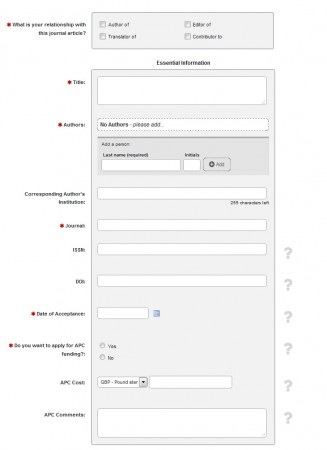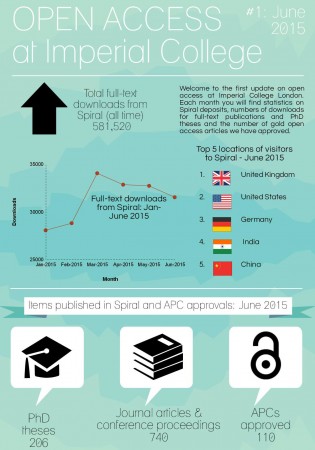To whom it may concern: How to email a publisher (and get a useful reply)
This is the third of a series of blog posts by Imperial’s Open Access Team for OA Week. You can also read our first post on Publisher Problems, and our second post on Accepted Manuscript definitions.
This blog post is directed to our Open Access colleagues in Higher Education.
Exaggeration for comic effect is used at the author’s discretion.
You have some papers where a fee has been paid for immediate Open Access months ago. The funders require that they be available with a CC BY license by now. They aren’t. Time to chase up the publishers. So you can just grab the email addresses from the publisher’s websites, send them a quick note, and move on with your day, right?
You head to the publisher’s website for the first item on your list. But should you contact the OA team? Production? Author services? Customer services? Copyright team? This journal is published by a large commercial publisher on behalf of a learned society and so far you have only looked at the commercial publisher’s page. On linking through to the society’s page, you are confronted with yet another list of contacts, these with (even more) arcane job titles arranged in a mysterious hierarchy. You could email them all, but on receiving a query that was sent to twenty people, how many would assume that someone else would deal with it? (I probably would, to be fair).

You move on to the next publisher in your list (let’s leave the tricky ones until last). There are about a hundred “contact us” links from a variety of different pages, and they all lead back to the same generic Customer Services web-form. You know from experience that that web-form leads to a Kafka-esque dance as your query is forwarded and cc’ed back and forth and up and down and always, ultimately, around and back to where it started, losing clarity and formatting at every step, but never accumulating any answers.
Fortunately there is now a list of publisher contacts available. In some cases, this should alleviate situations like those just described.
- If someone else has successfully found a way of approaching a particular publisher that works well, you can find out about it.
- If you have successfully found a way of approaching a particular publisher that works well, you can share it.
- If no-one has successfully found a way of approaching a particular publisher that works well, you can be comforted that it isn’t just you.
The spreadsheet linked here is one that we have just started using internally at Imperial, and so far we have found it useful for all three of the above reasons. We hope to have a link available on the forthcoming UKCORR resources page soon. We will continue to add to it as time goes on – updating is always a concern with community resources, but we planned to maintain this resource internally anyway, so we felt we might as well share it. We hope that some of you will update it too. Feel free to edit, but please see the Readme tab for updating rules; if you think the rules need to be changed/added to (and they might well as this is a new resource), please contact r.hibbert@imperial.ac.uk.
I have a suspicion that publishers are moving increasingly towards generic web-forms as the only way to contact them, and as recorded in the spreadsheet some of them actually seem to work very efficiently. If this becomes the norm, this resource may become redundant. If/when that happens, we will delete it with pleasure!

